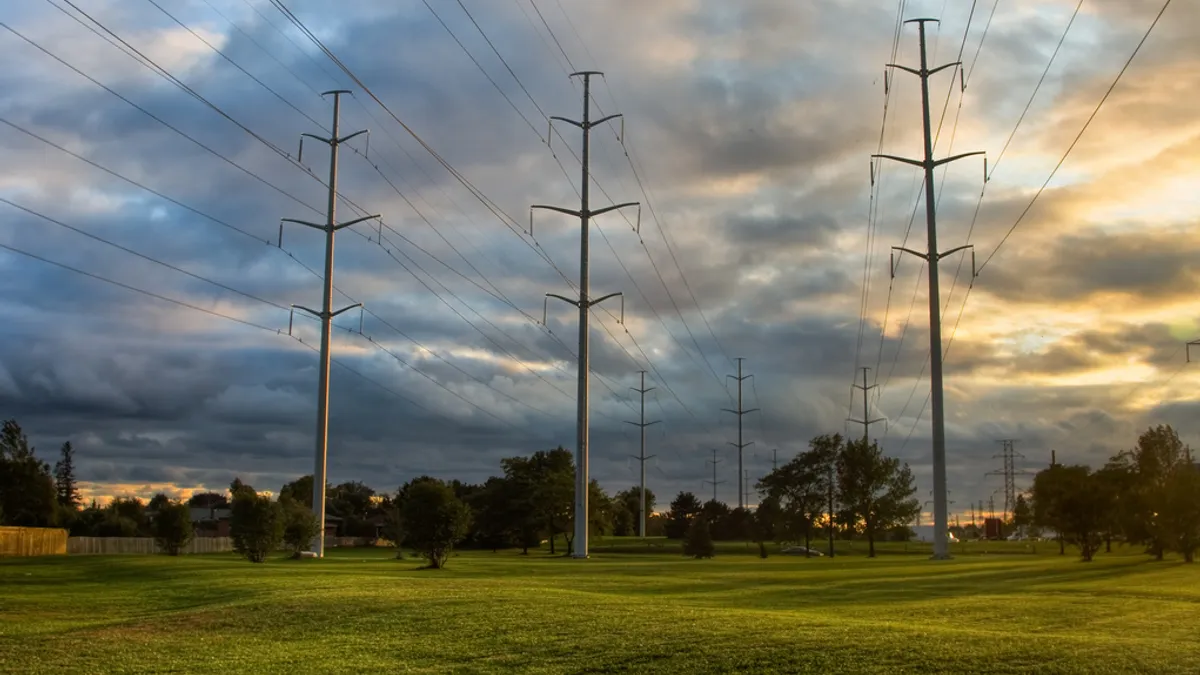Dive Brief:
- The Midcontinent ISO and PJM Interconnection have until mid-December to file with federal regulators a plan to coordinate their efforts to plan around an onslaught of anticipated power plant retirements.
- According to Platts, a recent survey by the Organization of MISO States found 2.5 GW of generation is likely to retire by next summer, and another 1.8 GW is at risk as well.
- MISO's annual resource adequacy survey, issued in June, found adequate capacity for 2017 with potential shortages in 2018 and beyond due to plant retirements
Dive Insight:
As market changes and environmental regulations bring dramatic shifts to the country's generation mix—largely by way of coal retirements—federal regulators have concluded regional grid operators need to work together in order to ensure resource adequacy. The Federal Energy Regulatory Commission (FERC) in May ordered PJM and MISO to consider changes to their joint operating agreement that would and "to coordinate their generator retirement studies."
According to Platts, the MISO Planning Subcommittee took up the topic this week and Neil Shah, a resource planning manager for MISO, said the two grid operators will each perform their own retirement studies, but will use "inputs and common assumptions of adjacent system conditions."
Complicating the matter, the two grids operate under different rules, with varying tariffs. While MISO allows 75 days for a generation study, for instance, PJM notice requirements are just 30.
MISO's latest assessment found the region should be able to meet peak demand next year, with an adequate safety margin. A surplus of 2.7 GW is available, but the grid operator warned that amount could be reduced to 900 MW if recently-announced Southern Illinois generation retirements occur.
In 2018, MISO is wary of a potential shortfall of 400 MW, depending on resources available, with a 2.6 GW reserve shortfall possible by 2021. In March, MISO updated its analysis of potential Clean Power Plan impacts, finding between 16 GW and 21 GW of coal capacity will be retired under the new rule when a 30% carbon reduction is targeted.















